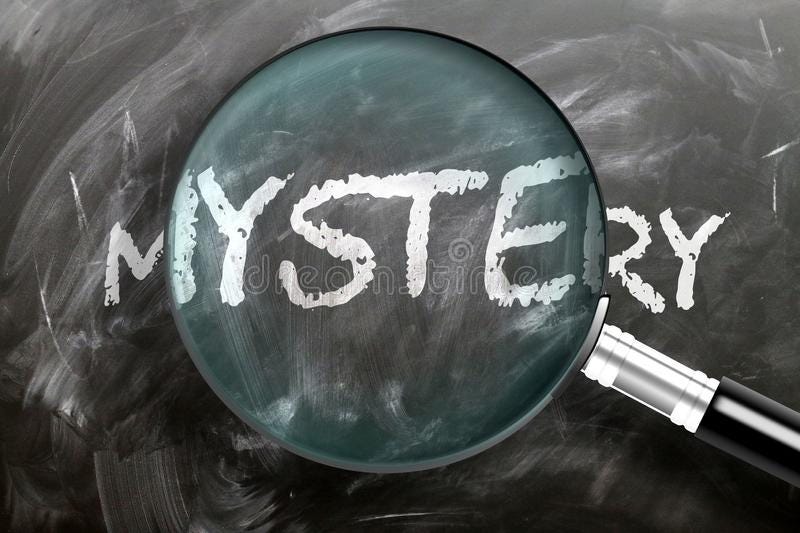The Mystery of Easter and Christ’s Empty Tomb: A Baha’i View encompasses profound spiritual significance, providing insights that traverse the boundaries of religious understanding. This exploration elucidates Baha’i perspectives on Easter, drawing parallels between Christian narratives and Baha’i teachings, while also examining the multifaceted implications of Christ’s resurrection and the emptiness of the tomb.
At the heart of the Easter celebration lies the foundational event of Christ’s resurrection, a transformative moment that shaped Christian doctrine and belief. In the Baha’i Faith, however, the resurrection signifies more than a mere physical event; it embodies a spiritual awakening, an opportunity for humanity to transcend its limitations and embark on a path of divine enlightenment. Baha’is interpret the empty tomb not just as a historical occurrence, but as a symbol reflecting the potential for renewal and the manifestation of divine purpose.
The Baha’i perspective encourages adherents to appreciate the universality of spiritual truths across all religions. Baha’u’llah, the founder of the Faith, posited that all major religions are interconnected, serving as distinct chapters in the divine script. This teaching allows for a reevaluation of the resurrection, positioning it within the broader context of God’s continuous guidance through various Manifestations throughout history.
The concept of resurrection within the Baha’i framework extends beyond physical reawakening. It emphasizes the resurrection of the soul—a metaphor for the spiritual rejuvenation achieved through faith and adherence to God’s will. Baha’is view this resurrection as an allegorical ascension beyond earthly confines, advocating for moral and spiritual elevation as essential to one’s spiritual journey. This interpretation invites reflection on the notion of death, not as an end, but as a transition toward a higher state of existence.
Furthermore, the empty tomb of Christ symbolizes the transient nature of worldly attachments. For Baha’is, the hollow cavity that once housed the physical body of Jesus suggests the futility of clinging to material possessions and ephemeral pursuits. Such detachment enables individuals to seek the enduring presence of the Divine. The Baha’i teachings implore followers to cultivate attributes like detachment and selflessness, as they constitute the very essence of spiritual progression. By delving deep into the significance of the empty tomb, adherents are urged to relinquish the shackles of the material world and aspire towards the eternal treasures of the spirit.
Moreover, the Baha’i Faith esteems the character of Jesus as an exemplar for humanity. The teachings of Christ resonate through the Baha’i lens, highlighting attributes such as love, compassion, and service. In embracing these values, Baha’is endeavor to exemplify the transformative power of faith in action. Easter, therefore, emerges not only as a commemoration of Christ’s resurrection but as an invitation to live a life imbued with divine attributes. This necessitates an active commitment to social justice, peace-building, and the eradication of prejudice—core tenets of Baha’i teachings. Each act of compassion reflects the resurrection of the spirit within oneself, symbolically bridging the divide between mortality and immortality.
The observance of Easter from a Baha’i standpoint also includes an acknowledgment of spiritual unity among diverse faith traditions. The concept of the “New Year” or Naw-Ruz, celebrated in the Baha’i Faith, coincides with the vernal equinox. It signifies rejuvenation in nature, evoking themes inherent to the Easter narrative. Thus, both celebrations share a commonality that transcends individual dogmas, fostering interfaith dialogue and understanding. Baha’is recognize that humanity’s spiritual journey is complex and multi-faceted, woven from shared experiences and revelations from various religious traditions.
Baha’i teachings further elucidate the dynamics of resurrection through the lens of progressive revelation. This doctrine asserts that divine truth unfolds gradually over time, providing humanity with knowledge suited to its developmental stage. In this context, the events surrounding Easter can be viewed as the continuation of a larger universality of spiritual enlightenment, where every manifestation of God augments the previous one. The story of Christ, culminating in the resurrection and the ensuing empty tomb, is celebrated not as an isolated event, but as a pivotal moment in an ongoing divine narrative, replete with lessons applicable to all human beings.
In conclusion, the Baha’i view of the Mystery of Easter and Christ’s Empty Tomb offers a comprehensive perspective that is both multifaceted and integrative. It encourages believers to look beyond the literal interpretation of religious events and delve into their spiritual significance. The resurrection of Christ serves as a reminder of the potential for renewal and divine reconnection, inviting individuals to rise above material considerations in pursuit of eternal truths. The empty tomb stands not only as a testament to divine power but also as a symbol of the transformative potential residing within each soul. As the world reflects on Easter, the Baha’i teachings resonate as a clarion call to embrace love, unity, and spiritual awakening, fostering a collective journey toward a more enlightened and harmonious existence.
